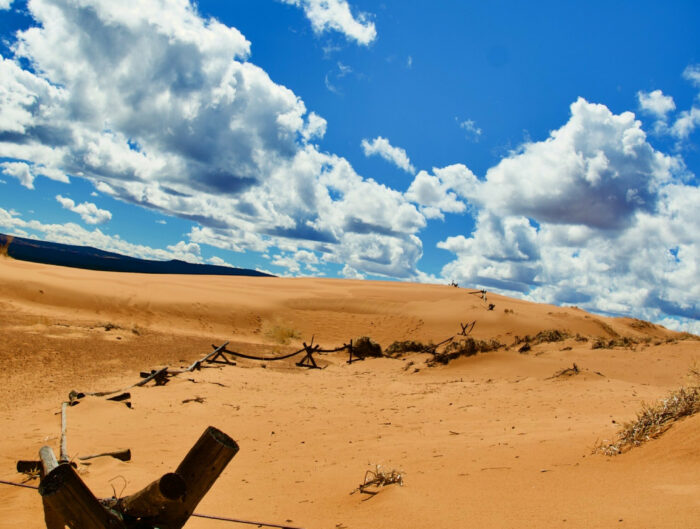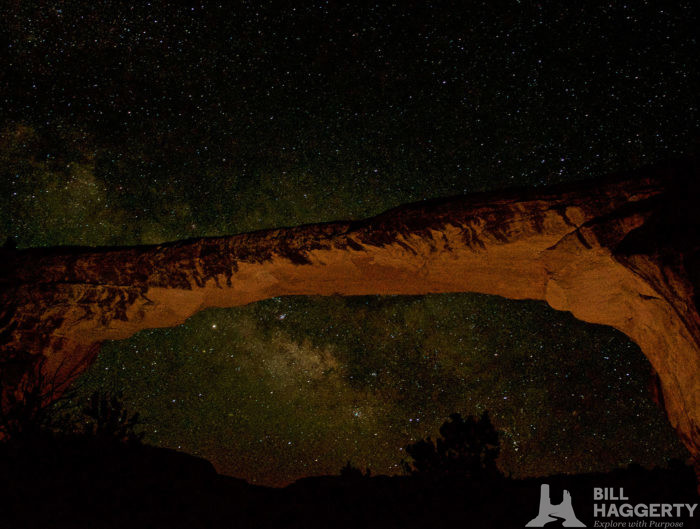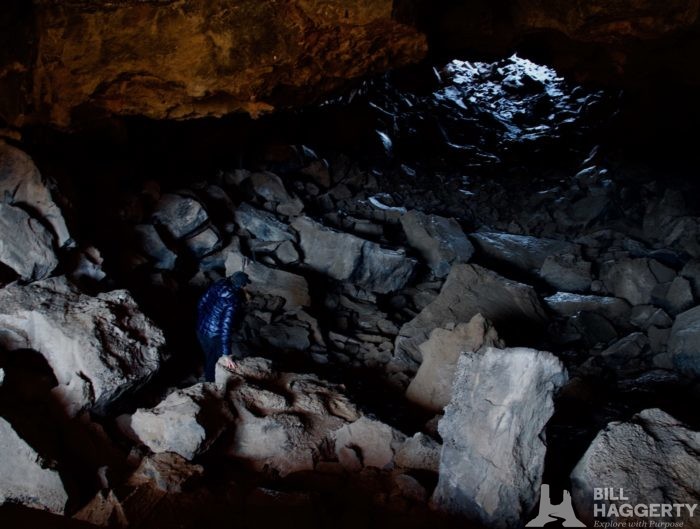I am grateful to have a 20,000-acre National Monument as my backyard. I live just outside the east entrance to the Colorado National Monument. I see it when I look out my window or drive into my driveway.
It’s a major part of the reason I’ve stayed so long in the desert southwest. It’s part of the reason I love and respect and promote public lands on the Colorado Plateau.
I’ve enjoyed these canyons for more than four decades and I know they don’t belong just to me. They belong to all of us.
I’ve marveled at them, meditated in them, gained strength and savored solitude in them. I’ve been eaten alive by gnats in them, been drenched by glaring, hot sun in them, been frozen to the bone from their frigid, wind-driven winter storms.
And I’ve enjoyed them even more.
I’ve hiked with biologists, geologists, rangers, ranchers, students and tourists through these marvelous sheer-walled red rock canyons. Our collective senses have been overwhelmed, just as John Otto’s senses were overwhelmed when he first came here in 1906.
“Some folks think I’m crazy,” Otto wrote at the time, “but I want to see this scenery opened up to all people.”
Otto single-handedly built many of these trails, raised money, penned newspaper editorials, badgered Chambers of Commerce and wrote endless letters to Washington politicians in support of national recognition for these ancient canyons and towering monoliths. He eventually became its first caretaker when President William Howard Taft declared this a National Monument in 1911.





